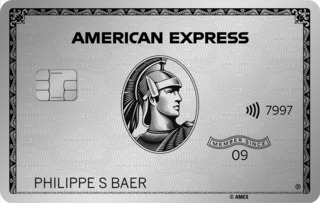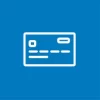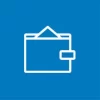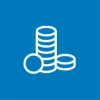1. What is Reka money?
Reka money is a voucher system maintained by the Swiss Travel Fund (Reka) cooperative. With over 8900 acceptance points and approximately 1 million active users, Reka money is one of Switzerland’s most popular alternative currencies.
There are three kinds of Reka money: Reka Pay, Reka Rail and Reka Lunch.
2. What is Reka Pay?
Reka Pay is a proprietary alternative currency. Each Reka Pay unit has a face value equal to that of one Swiss franc. Reka Pay can be held in a Reka account and spent with a Reka card. Reka checks are banknote-like paper vouchers of Reka Pay issued in denominations of 10 and 50 francs.
3. What is Reka Rail?
Reka Rail is an alternative currency which is primarily accepted by public transportation services. It can be held virtually in a Reka Rail account and spent using the Reka card, or obtained as banknote-like vouchers in denominations of 10 and 50 Swiss francs.
4. What is Reka Lunch?
Reka Lunch is only offered by employers as an employee benefit. You can only use Reka Lunch in combination with a Reka card, as no physical vouchers are issued.
5. What is a Reka card?
That Reka card is a debit card which is linked to a personal Reka account. You can use it to pay at the POS terminals of Reka partner merchants just as you would with your private account debit card or with Swiss credit cards and prepaid cards.
You can spend Reka Pay, Reka Rail and Reka Lunch with a single Reka card. You can get supplementary Reka cards for your partner and children (child cards have a 200-franc monthly spending limit).
6. What is a Reka account?
When you get a Reka card you also get a personal Reka account. This is similar to a bank account but is denominated by Reka money. You can hold Reka Pay, Reka Rail and Reka Lunch in one account, with sub-accounts for each.
You can access your account via the web portal (formerly Rekanet) or by phone and SMS.
You can load your Reka account by bank transfer or deposit slip. You can also deposit physical Reka Pay checks and Reka Rail vouchers free of charge by posting them to Reka along with a deposit form available on the Reka website.
You can withdraw physical Reka Pay checks and Reka Rail vouchers from your account for a fee.
7. What does using Reka cost?
You pay an annual fee of 15 Swiss francs for a Reka card account with one kind of Reka money. You pay an extra 2 francs per year for each additional sub-account. Note: If you receive a Reka account through your employer, your employer typically covers account fees.
Supplementary Reka cards have a 6-franc annual fee.
You pay 2.50 francs per monthly statement including postage, but you can disable physical statements if you check your balance via the online portal. You pay a 10-franc withdrawal fee to withdraw physical Reka Pay checks or Reka Rail vouchers from your Reka account by insured mail. When you close your account, your unused Reka balance can be cashed out at a fee of 10 francs per Reka money type.
It is also worth noting that merchants pay Reka relatively high merchant fees to accept Reka money payments (1.5 percent for Reka Lunch, 2.5 percent for Reka Rail, and 3 percent for Reka Pay and Reka Rail). Reka justifies these fees by citing its promotion of partners to Reka users.
8. Where can I get Reka money?
You can buy Reka money directly from Reka with a 2 percent discount on its face value. Coop Supercard loyalty program members can buy Reka Pay at a 3 percent discount at Coop customer service desks.
Reka Pay is widely offered as an employee benefit by many Swiss employers with discounts of up to 20 precent off their face value. Employers either load employee Reka accounts directly or give employees the option of ordering discounted Reka money. Up to 600 francs of discounts on Reka Pay per year are exempt from social security contributions and income tax. Example: If you were to buy 1000 francs of Reka Pay from your employer with a 20-percent discount, the 200-franc discount would not count as income because it is below the 600-franc exemption.
Some industry associations and labor unions offer discounted Reka checks as a member benefit. It is also possible to find discounted Reka checks being sold by private individuals on classified sites and billboards.
Some employers give employees Reka Pay outright as bonuses. Reka Pay bonuses worth up to 500 francs do not have to be declared as income.
9. Where can I pay with Reka money?
You can make purchases using Reka Pay (notes or card) at full face value at over 7260 locations in Switzerland. These include all SBB/CFF ticket vending machines and all public transportation offices. You can pay with Reka Pay at the pump or till at BP, Avia and Coop Pronto gas stations. Many Swiss travel agencies, hotels and leisure facilities accept Reka Pay – as do a number of restaurants and take-aways.
Reka Lunch (card only) is accepted at over 3680 restaurants, bakeries and take-aways in Switzerland.
Reka Rail (notes or card) is accepted at face value at more than 1300 locations in Switzerland – primarily by public transportation providers. Important: Nearly all Reka Rail acceptance points also accept Reka Pay.
A handful of Swiss merchants – including the Swiss federal railway (SBB/CFF) and the BLS railway – accept online payments with the Reka card.
You can easily find all merchants which accept Reka as payment using the acceptance point locator on the Reka website.
Note: A fair number of private individuals in Switzerland accept Reka Pay as payment for goods and services (second hand goods, for example).
10. Is Reka money guaranteed?
Reka notes are guaranteed against the event of Reka going bankrupt up to a maximum 3000 Swiss francs per person and 13.3 million francs for all Reka money holders combined. Reka account balances are guaranteed up to 3000 francs per person and 36.5 million francs for all account holders combined. The guarantee is currently provided by Credit Suisse (UBS).
11. What are the advantages of Reka money?
The primary advantage of Reka money is that you can buy it at discounts on its face value. You save the difference between the price you pay for Reka money and its face value. Even the basic 2 percent discount for direct purchases from Reka is nearly twice as high as the cash back you earn with the most favorable Swiss cash back credit cards currently available.
12. What are the disadvantages of Reka money?
- The biggest disadvantage of Reka money is that it is only accepted in Switzerland and only by a limited number of merchants.
- Reka does not exchange Reka money back into Swiss francs.
- Some Reka partner merchants do not give change for physical Reka Pay checks and Reka Rail vouchers in Swiss francs. This is not an issue when you use the Reka card.
13. Verdict
Using Reka money is a simple way to save a minimum of 2 percent on public transportation and on some travel and hospitality purchases in Switzerland.
It is important to compare prices charged by Reka partner merchants with those of non-partners. If other merchants charge less, you may save more by paying in Swiss francs (with a cash back credit card, for example).
More on this topic:
Swiss credit card comparison (including cash back credit cards)
How to save on gas in Switzerland
How to save on transportation in Switzerland
Guide to saving on hotel stays in Switzerland
Guide to saving on ski trips in Switzerland
Guide to saving on restaurant dining in Switzerland
Swiss alternative currency guide
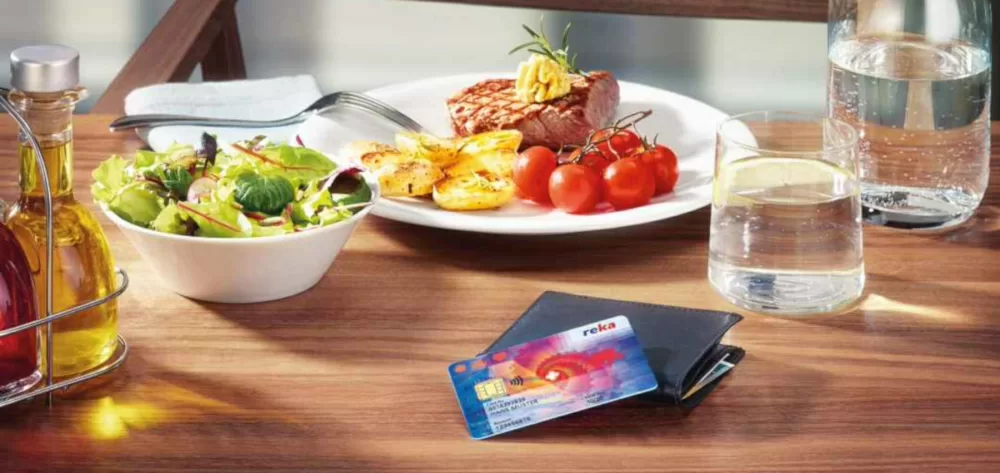
 Deal of the Day
Deal of the Day 